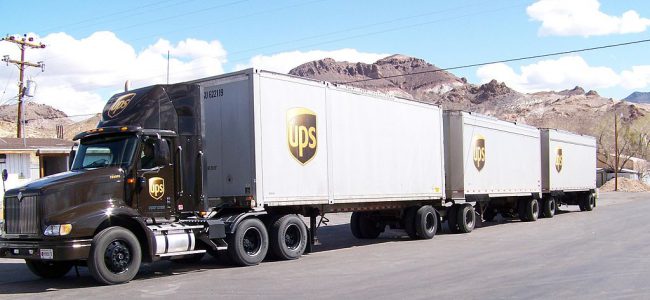Many types of technology exist that truck fleets could put on their trucks to improve safety, but which are the most important and can lead to the best driver safety improvements? Below are five of them that are making a big difference in public safety.
Forward-Looking Camera Systems
In-cab camera systems have been around for years and are known as ‘the dashcam.’ These devices improve quality, as they have tracked digital cameras’ evolution, seeing significant improvements in low light, image processing, and HD image capture.
Trucking fleets are wise to implement video cameras in their rights to defend the driver in case of crashes and false insurance claims by other drivers.
Another good reason to use video cameras on tractor-trailers is public perception. Other drivers cause most tractor-trailer accidents, but people often assume the trucker caused the wreck.
Video cameras in trucks also ensure that truck drivers are on their best behavior because they know supervisors can check their driving performance anytime.
Driver Scorecards
With modern technology, truck driver scorecards can monitor how fast truckers are driving, braking, and accelerating, among other data. The data can be compiled weekly and analyzed by computers to determine which drivers are the safest and need more training. While some truckers may not like the idea of being monitored, there’s little doubt that driver scoring helps to improve driver and public safety.
Collision Mitigation Technology
Research proves that tractor-trailers are often involved in severe crashes and fatalities. The Federal Motor Carrier Safety Administration found that big rigs and buses accounted for 4% of registered vehicles and 9% of miles driven, and 13% of all US accidents.
Whatever the cause for this, it’s in the interest of public safety to reduce avoidable crashes. Advanced collision mitigation systems use sensing technology to continually check for impacts of all kinds and take evasive action to avoid them.
The systems also are reducing the number of false positives that early technology often gave. Because of the clear benefits they can provide in avoiding severe crashes, collision mitigation systems are usually standard on new trucks. They also can be retrofitted to older rigs too.
Electronic Logging Devices
As of December 18, all tractor-trailers must have electronic logging devices (ELDs) to operate legally.
Electronically tracking and recording truck drivers’ hours of service with ELD Canada technology in Canada and similar technology in the US ensures truckers are driving within the rules set by the FMCSA. While some truck drivers bristle at the idea of electronic logs, there is little doubt that electronic monitoring of driver hours leads to fewer accidents and fatalities.
While some drivers say that they need to drive beyond HOS limits to stay in business, others argue that the rules increase profits because they prevent driver turnover, which is a massive cost. Having drivers driving reasonable hours and being well-rested leads to better driver satisfaction and keeps them behind the wheel safely.
Dynamic Routing
Truckers move goods from point A to point B, and doing so safely and efficiently depends on the route you take. Dynamic routing can provide adjustability and data to analyze the best paths to take considering traffic and weather so that truckers can arrive on time without incident.
Dynamic routing allows drivers to cut extra miles and find a faster or safer route that avoids traffic bottlenecks and accidents. This technology also reduces fuel use, which helps with carbon emissions.
These innovative technologies are being implemented on truck fleets today, and drivers, truckers, and the general public are seeing significant improvements in public safety. And, more deliveries are being made on time, so what could be better?

